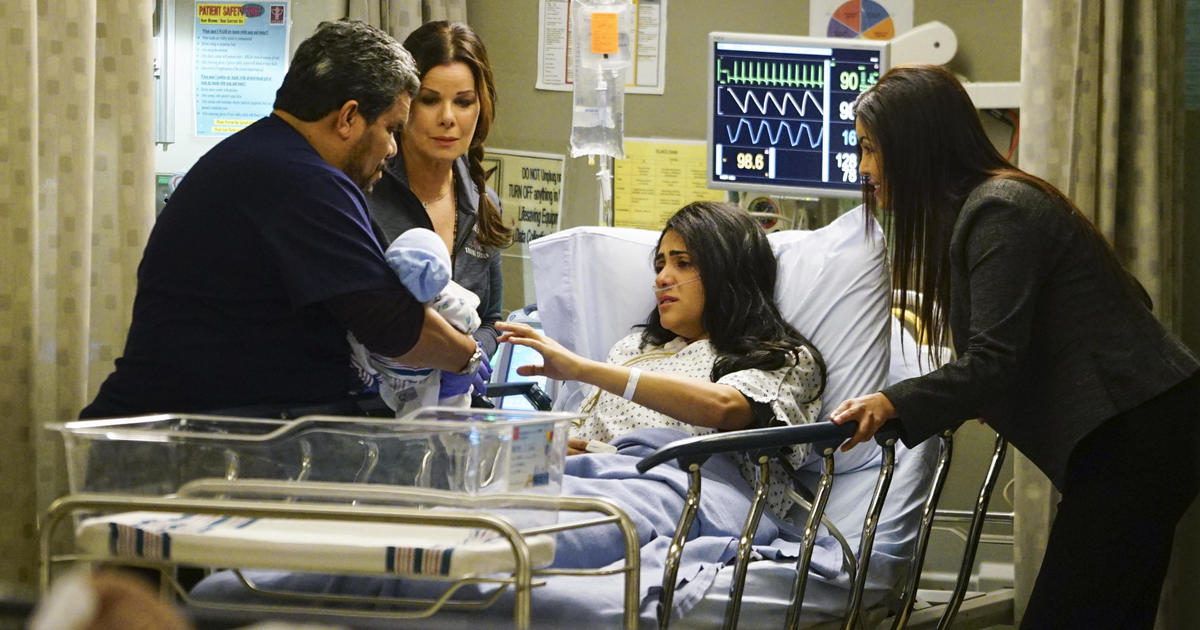Bunion Cases Growing In Younger Patients
PITTSBURGH (KDKA) - Who would have thought that a high school freshman would get hit with bunions?
"Even walking or with sports, it started to hurt really bad," Jocelyn Marko, of North Huntingdon, said.
With her many sports activities, having a bunion was debilitating.
"Mainly my shooting for basketball, that like jumping up, that would hurt, and the lateral movements of cutting and pivoting. That would also make it hurt. For softball, it would be the stepping and the throwing, and the pivoting when I swing," Marko said.
It's a condition a local orthopedist is seeing in younger patients.
"It can be the result of tight shoe wear. That's why the incidence is thought to be higher in women than men. Sometimes up to seven times higher," Allegheny General Hospital orthopedic foot specialist Dr. Victor Prisk said.
High heels with a tight shoe box is the worst. This puts pressure on the front of the foot. The toe joints respond by becoming deformed.
A bunion is an abnormal, bony bump that forms on the joint at the base of your big toe. This can crowd the other toes and cause pain.
"Some people can have debilitating pain, it can cause them to limp, especially toward the end of the day," Dr. Prisk said.
For Jocelyn, it meant extensive surgery. A wedge of bone was removed; a titanium screw now holds the joint in place.
"When younger athletes have a bunion, it's a very complex problem. And in younger patients, the tendency for a bunion to recur later on is much higher," Dr. Prisk said. "A lot of the procedures don't just involve shaving the bone down. It actually involves moving the bone and getting the alignment back to normal."
"It was painful," Jocelyn said. "Many nights I would wake up in tears from all the pain."
For many people, though, the problem can be treated without an operation. Rigid shoes with a wider toe box, night splints, custom braces and rest can help.
Jocelyn was born with a predisposition to the problem and the other foot will need surgery, too.
"If I had a choice, I would not go through it again. But since it's in my other foot, I kind of know and I'm ready for it. But it was a lot of pain," Jocelyn said.
Analysis of existing studies shows one in three older adults has bunions. But even for those ages 18 to 65, one in four has bunions.
RELATED LINKS
More Local News
More Health News
More Reports From Dr. Maria Simbra
Join The Conversation On The KDKA Facebook Page
Stay Up To Date, Follow KDKA On Twitter



